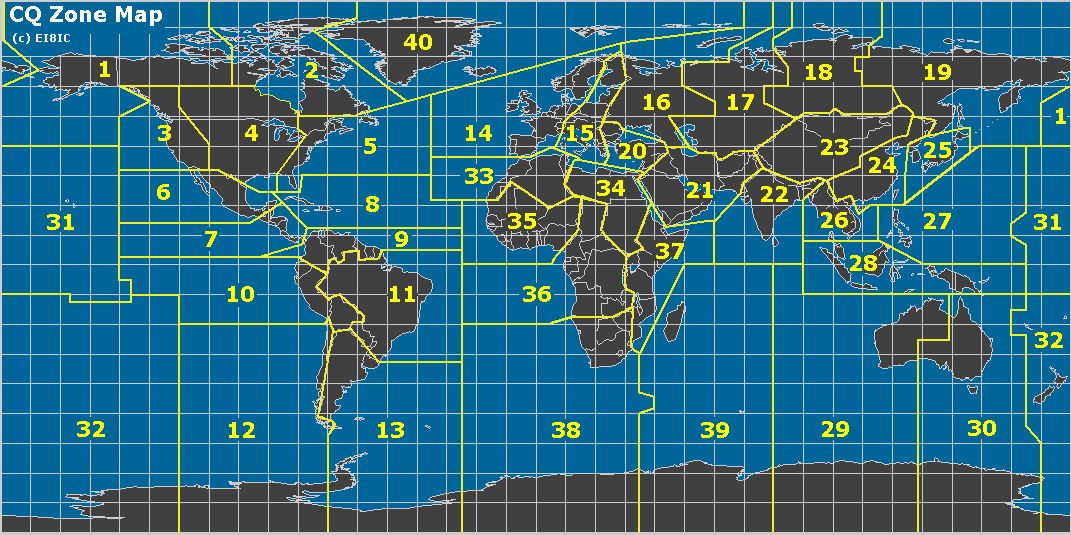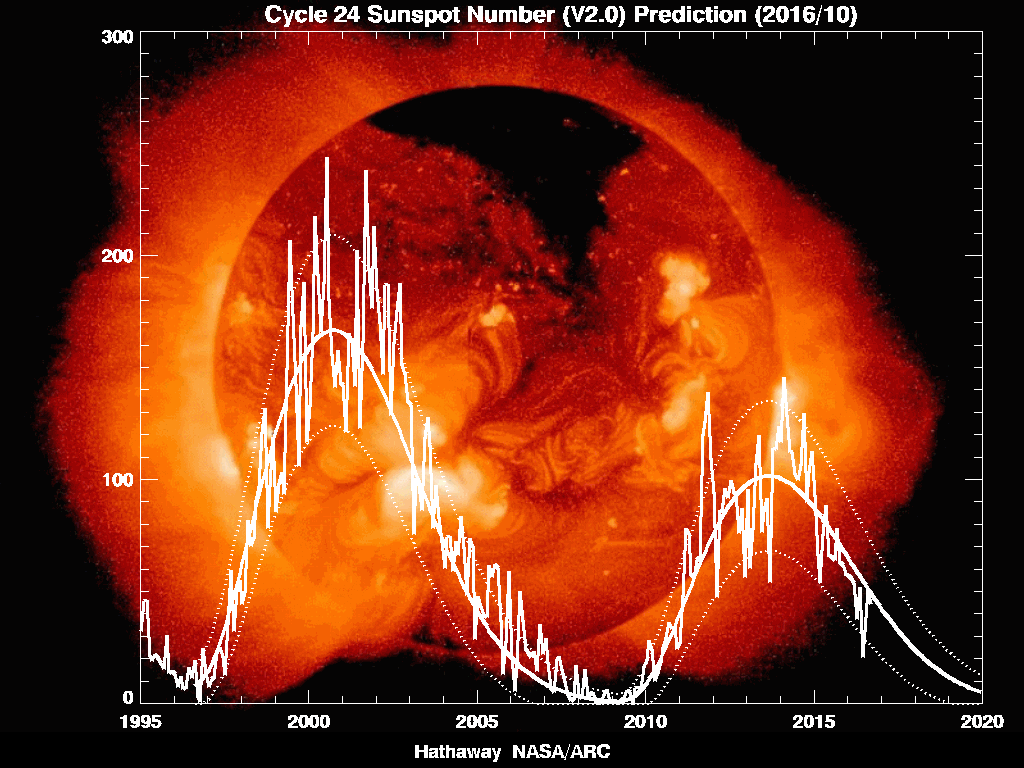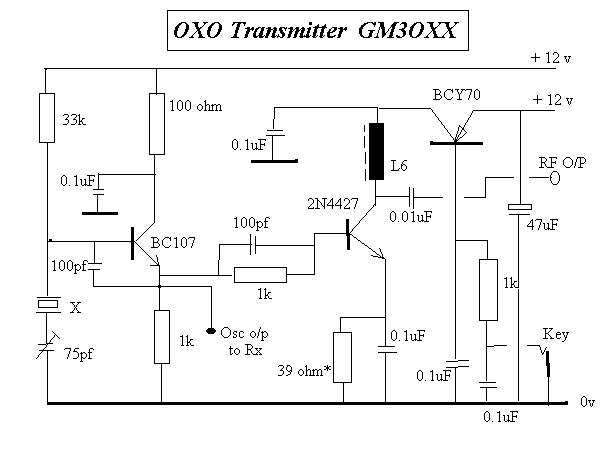 |
| Earth-mode test results. Distance to "best DX" location 6km NW of TX |
Today I tried a few new things:
(a) A larger coil for RX: 12 turns on a loop with a diameter of approximately 3m, that could be placed on the ground.
(b) Transmitting a callsign in 10wpm CW followed by a 60 second carrier.
(c) Trying to pick up the signal at new locations.
Results were mixed:
The larger coil is really no better than the 80cm 30t coil placed on the ground. I was hoping it might be better. Failure!
Although I tried several locations in a new direction (SW) I only managed to copy my beacon signal at one new test location 4.4km away in the village of Swaffham Bulbeck. Tests at a closer location in that direction gave no copy at all. Also tests at 3 more distant locations (max 7.5km) were complete failures with not the slightest hint of anything there.
 |
| Much weaker signal copied at 4.4km SW today (nowhere near strong enough for QRSS3) |
The trick of sending 10wpm CW followed by a long carrier worked: when the signal was weak it could be copied on Spectrum Lab in narrower bandwidths than I use for QRSS3 as the dash is 20 times longer. This helped me positively ID the signal in Swaffham Bulbeck. On QRSS3 the signal would have been lost in the noise. Best signals appear to be out in the Fens to the NW and to the south (on the chalk hills). I have still to try NE with sensitive kit.
I am still totally puzzled by how the signal propagates through the ground. Placing the loop right over water pipes in the road failed to detect anything where I expected copy at about 4km SW, and the one successful location at 4.4km SW was on a corner of a road close to some overhead (11kV?) lines but not near water pipes as far as I know. So, I tried other places close to these overhead cables and copied nothing! There must be something that is common to all successful places that is not there helping the signal at other places. I am still trying to think how to find what this is!
I am extremely doubtful of success on these DX tests we are running over the next 24 hours judging by the mixed bag of result very locally. Certainly it will require the very narrow bandwidths to see anything at all from the miniscule radiated component.





































